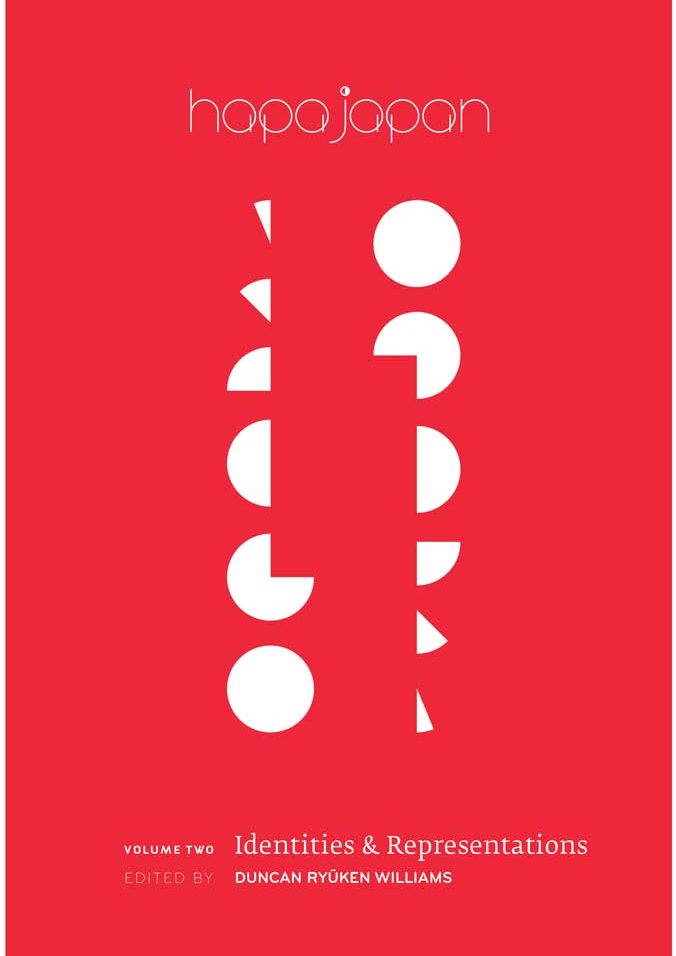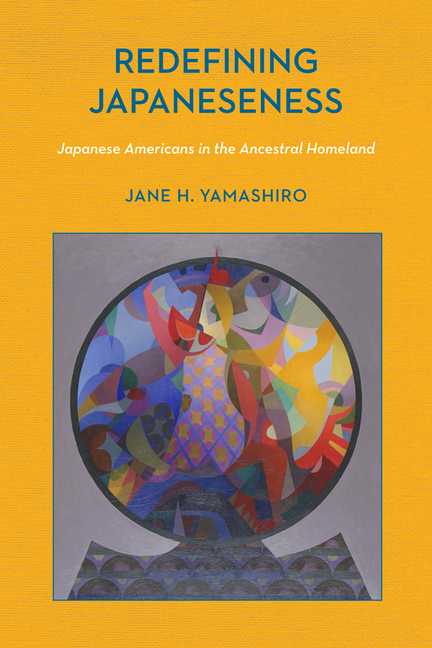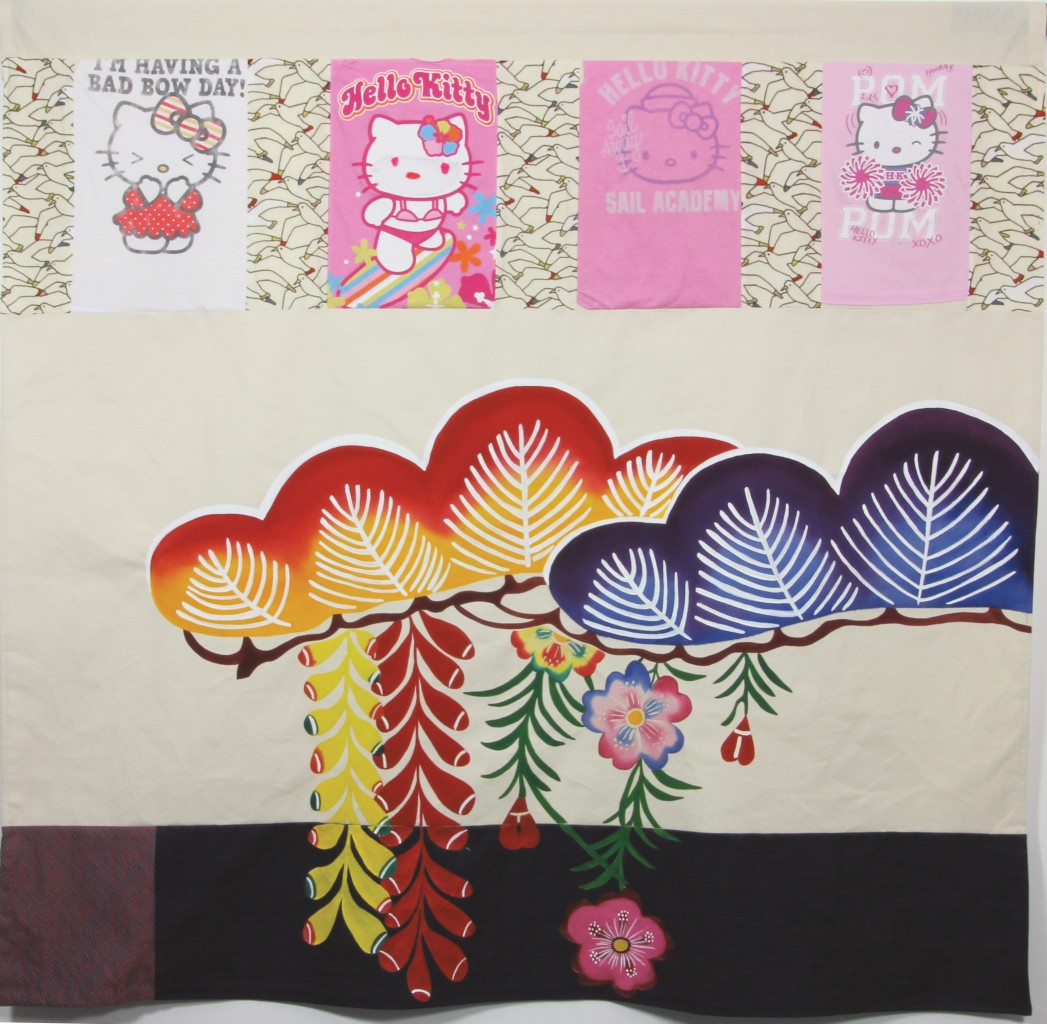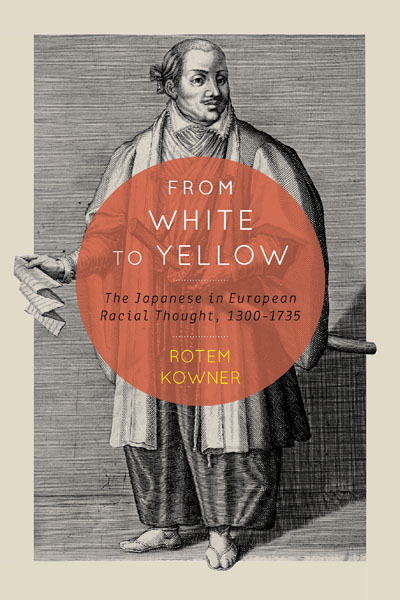Definitive Hapa Japan Books To Launch In LAPosted in Articles, Asian Diaspora, History, Media Archive, United States on 2017-02-26 23:37Z by Steven |
Definitive Hapa Japan Books To Launch In LA
Kaya Press
Los Angeles, California
2017-02-15
Kaya Press is thrilled to announce the official publication of Hapa Japan: History Vol. 1 and Hapa Japan: History Vol. 2 edited by Duncan Ryūken Williams.
Described by Ruth Ozeki as “essential reading for all citizens of our transcultural, transnational, boundless, borderless, beautifully mixed-up world,” these volumes bring together scholarship on the rich historical and contemporary experiences and representations of global Hapa Japanese…
Read the entire press release here.






